When providing dental services in a practice with multiple practitioners, all dental professionals must adhere to the same guidelines.
If not, the practice as a whole is considered in violation of the rules and regulations. The owner of the dental practice must do the following:
- Create and provide a manual with complete details on the different steps the practice will regularly take to meet the infection control requirements that are in place
- Have multiple copies of the manual and other important documents, including the ADA’s Guidelines for Infection Control
Staff members working in the dental clinic must be aware of the infection control guidelines. All employees need to consistently adhere to the guidelines.
Lack of consistency in following the guidelines is considered breaching the code of conduct.
Understanding the Helix Test
The Helix test is an important test that determines the strength of the steam inside the autoclave that dental practitioners use for sterilisation purposes.
When steam from the autoclave covers the dental instruments, it is sterilising them to prevent the spreading of infectious diseases.
When using the Class B Cycle, it is necessary to perform a Helix test on a routine basis. The ADA states that dental practitioners should perform the test each day.
The purpose of the test is to make sure that all tools placed inside the autoclave are fully sterilised before they are used on dental patients.
When used properly, there should be no chance of spreading an infectious disease from one patient to the next because the autoclave produces fully sterilised equipment.
When you complete the Helix test each day, you can make sure your autoclave is in good working condition.
You can also make sure that the dental tools you are planning to use are sterilised and ready for the next patient.
You should always keep track of the Helix tests that are performed just in case a patient does end up with an infection at some point.
If a situation like that does occur, you can go back to your records to gather information from the Helix test that you completed on that specific day to make sure it was working properly.
Meeting Requirements for Equipment Testing
To remain in compliance with the Work Health and Safety Act, all medical practices must have their equipment tested.
All equipment inside the facility must be tested, including computers, fax machines, and other components.
When Will Equipment Need Testing?
All equipment inside the facility should be tested at least once a year. In commonly frequented areas, testing should be performed more often.
What Occurs When the Equipment Does Not Get Tested?
The following problems can occur when medical practices fail to meet the guidelines by having their equipment tested:
- The practice will receive a warning for not being compliant
- The practice can lose its accreditation
- Worksafe Australia can pursue legal action against the practice and its employees
- Authorities may investigate the practitioners when injuries are sustained due to failing equipment
To avoid these and other serious issues, all practitioners should remain in compliance with the guidelines by having their equipment tested.
The equipment should be tested by a professional company that has experience handling medical equipment.


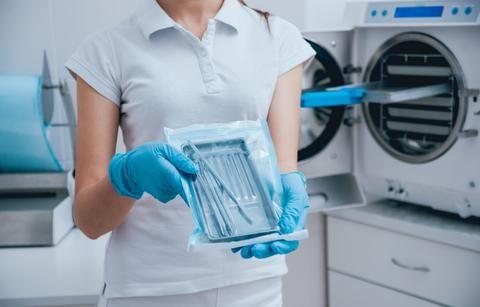




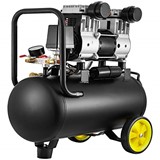

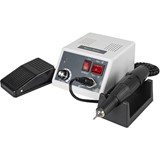
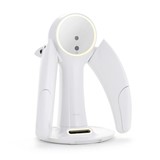

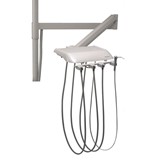
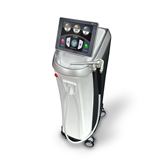
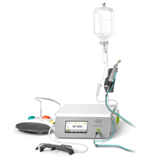




-205x205.jpg)
-205x205.jpg)
-205x205.jpg)



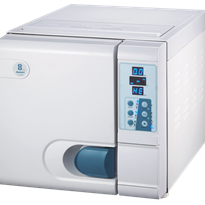
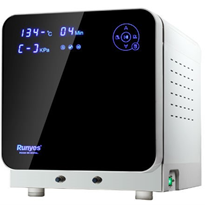
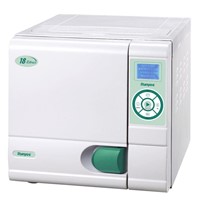
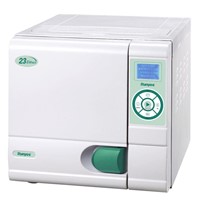
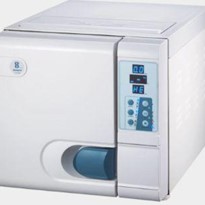
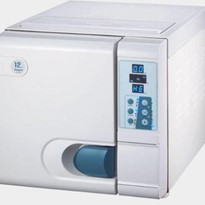
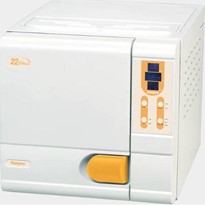
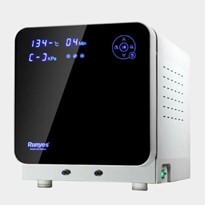
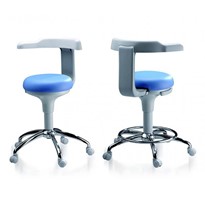





-205x205.jpg)



-205x205.jpg)